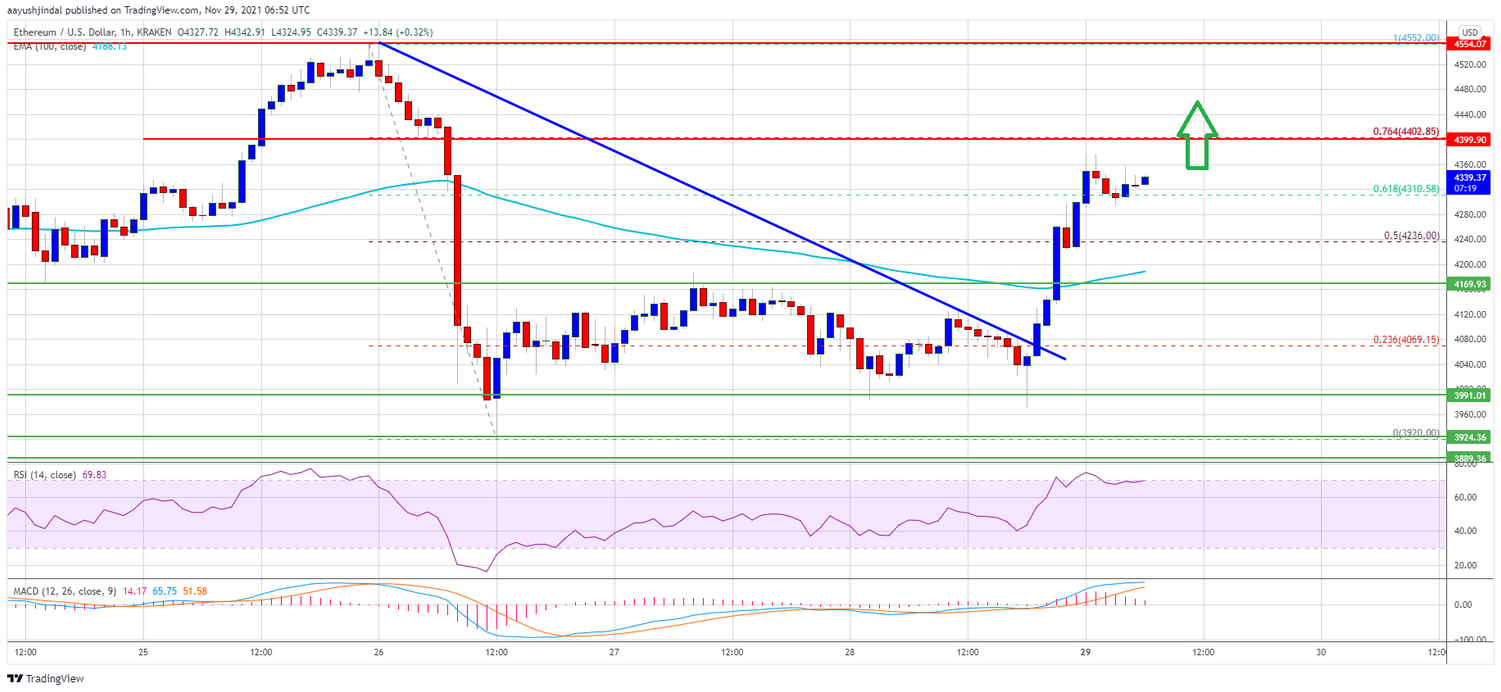

The world of oil trading is characterized by high stakes, rapid decision-making, and substantial financial risks. In this context, understanding the behavioral aspects of traders becomes crucial. Behavioral economics, a field that combines insights from psychology and economics, has shed light on how human biases and heuristics influence decision-making.
This article delves deep into the application of behavioral economics in oil trading, exploring the biases and heuristics that affect traders’ choices and strategies. A complex and varied phenomenon that merits our attention is the unexpected link between the oil trade and the world coffee market.
Oil trading involves the buying and selling of crude oil and its derivatives in various financial markets. It plays a pivotal role in the global economy, impacting industries, nations, and individuals. Understanding the factors that drive oil prices is essential for traders to make informed decisions.
The oil trading market comprises various participants, including producers, refiners, speculators, and consumers. Each group has distinct interests and strategies that shape market dynamics.
Oil prices are influenced by a complex interplay of supply and demand, geopolitical events, technological advancements, and market sentiment. These factors create an environment ripe for behavioral biases and heuristics to influence trading decisions.
Behavioral economics studies how psychological factors impact economic decisions. It challenges the traditional economic assumption of perfect rationality and examines how individuals deviate from rationality in their choices.
Behavioral economics has shown that individuals often make decisions based on emotions, intuition, and cognitive limitations rather than purely rational analysis. In the context of oil trading, this can lead to both opportunities and risks.
Overconfidence bias leads traders to overestimate their knowledge and predictive abilities regarding oil prices. They may take excessive risks, assuming they have a better grasp of the market than they do.
Confirmation bias causes traders to seek information that confirms their preconceived beliefs about the oil market while ignoring or downplaying conflicting information. This can result in a distorted view of market trends.
Anchoring bias occurs when traders fixate on specific price levels, often historical highs or lows, and base their trading decisions on these reference points. This can lead to suboptimal trading strategies.
The availability heuristic makes traders rely on readily available information or recent experiences when assessing risks. This can lead to an underestimation of potential risks in volatile oil markets.
A well-known market analyst, Fefe, who accurately forecasted key XRP price movements, now believes the…
The XRP community has taken notice of a tweet by “Crypto Beast,” a well-known figure…
Crypto analyst Dark Defender has published a detailed technical update on XRP’s market structure, emphasizing…
Crypto researcher SMQKE has shared a compelling post highlighting XRP’s evolving function within institutional finance.…
In a market saturated with fleeting tokens and factory-minted hype, FloppyPepe (FPPE) has entered the…
Pepe Coin (PEPE) is showing renewed strength, with a 17% price increase pushing it closer…